Growing grapes indoors might sound like a whimsical dream reserved for sprawling vineyards, but I’m here to tell you it’s an achievable reality, even if you only have a sunny windowsill! Forget the sprawling Tuscan countryside; we’re bringing the vineyard to you, one pot at a time. For centuries, grapes have been celebrated, not just for their delicious fruit and the wines they produce, but also as symbols of abundance and prosperity. From ancient Roman banquets to modern-day celebrations, grapes have held a special place in our hearts and cultures.
But why should you bother growing grapes indoors? Well, imagine plucking fresh, juicy grapes right from your own home, knowing exactly where they came from and how they were grown. No pesticides, no questionable origins, just pure, homegrown goodness. Plus, it’s a fantastic way to add a touch of greenery and elegance to your living space. This DIY guide will walk you through every step, from choosing the right variety to providing the perfect growing conditions, ensuring you can enjoy the sweet taste of success – and grapes – in no time. Let’s get started!
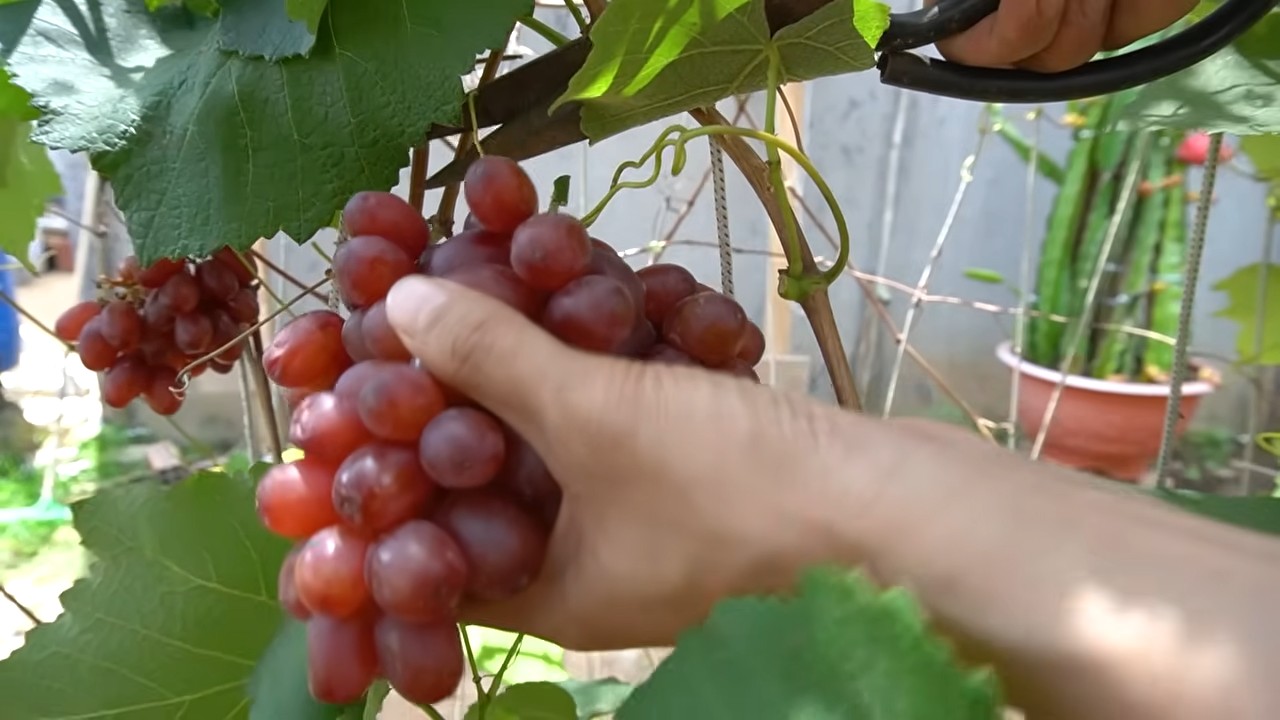
Growing Grapes Indoors: A Comprehensive DIY Guide
Hey there, fellow plant enthusiasts! Ever dreamed of having your own miniature vineyard right inside your home? Well, dream no more! Growing grapes indoors is totally achievable, and I’m here to guide you through the entire process. It might seem daunting, but trust me, with a little patience and the right know-how, you’ll be enjoying homegrown grapes in no time.
Choosing the Right Grape Variety
First things first, not all grape varieties are created equal when it comes to indoor growing. You’ll want to select a variety that’s well-suited for container gardening and can tolerate indoor conditions. Here are a few of my favorites:
* ‘Himrod’ Seedless: This is a popular choice because it’s self-pollinating, produces delicious seedless grapes, and is relatively compact.
* ‘Vanessa’ Seedless: Another great seedless option, ‘Vanessa’ is known for its good disease resistance and flavorful grapes.
* ‘Reliance’ Seedless: This variety is extremely cold-hardy, which isn’t a huge factor indoors, but it’s a testament to its resilience. It also produces sweet, pinkish-red grapes.
* ‘Thompson’ Seedless: While widely grown commercially, ‘Thompson’ Seedless can be a bit more challenging indoors, but definitely doable with proper care.
Important Considerations:
* Self-Pollination: Opt for self-pollinating varieties to avoid the hassle of hand-pollination.
* Size: Choose varieties that are naturally smaller or can be easily pruned to manage their size.
* Disease Resistance: Look for varieties that are known for their resistance to common grape diseases.
Gathering Your Supplies
Okay, now that you’ve picked your grape variety, let’s gather everything you’ll need to get started. Here’s a checklist:
* Grapevine: Purchase a healthy, one-year-old grapevine from a reputable nursery. Bare-root or potted vines both work well.
* Large Container: You’ll need a container that’s at least 15-20 gallons in size. Make sure it has drainage holes!
* Potting Mix: Use a well-draining potting mix specifically formulated for containers. Avoid using garden soil, as it can compact and hinder drainage.
* Trellis or Support System: Grapes are vines, so they need something to climb on. A trellis, stake, or even a sturdy tomato cage will work.
* Grow Lights (Optional but Recommended): If you don’t have a sunny south-facing window, grow lights are essential for providing adequate light.
* Pruning Shears: Sharp pruning shears are a must for keeping your grapevine in shape.
* Fertilizer: Use a balanced fertilizer specifically formulated for grapes or fruit trees.
* Watering Can or Hose: For watering your grapevine.
* Spray Bottle: For misting the leaves to increase humidity.
Planting Your Grapevine
Alright, let’s get our hands dirty! Here’s how to plant your grapevine:
1. Prepare the Container: Fill the container with your well-draining potting mix, leaving a few inches of space at the top.
2. Plant the Grapevine: Gently remove the grapevine from its nursery pot. If it’s bare-root, soak the roots in water for about an hour before planting. Dig a hole in the center of the potting mix that’s large enough to accommodate the root ball.
3. Position the Grapevine: Place the grapevine in the hole, making sure the top of the root ball is level with the soil surface.
4. Backfill with Soil: Fill in the hole with potting mix, gently firming the soil around the roots.
5. Water Thoroughly: Water the grapevine thoroughly until water drains out of the drainage holes.
6. Install the Trellis: Place the trellis or support system in the container, making sure it’s sturdy and can support the weight of the grapevine as it grows.
Providing the Right Environment
Grapes need specific environmental conditions to thrive indoors. Here’s what you need to keep in mind:
* Light: Grapes need at least 6-8 hours of direct sunlight per day. If you don’t have a sunny south-facing window, use grow lights to supplement the natural light. Position the grow lights about 6-12 inches above the grapevine.
* Temperature: Grapes prefer temperatures between 65-80°F (18-27°C) during the growing season. Avoid placing your grapevine near drafts or heating vents.
* Humidity: Grapes prefer moderate humidity levels. You can increase humidity by misting the leaves regularly with a spray bottle or by placing a humidifier near the grapevine.
* Watering: Water your grapevine regularly, allowing the soil to dry out slightly between waterings. Avoid overwatering, as this can lead to root rot. Check the soil moisture by sticking your finger into the soil. If the top inch of soil is dry, it’s time to water.
* Fertilizing: Fertilize your grapevine every 2-3 weeks during the growing season with a balanced fertilizer specifically formulated for grapes or fruit trees. Follow the instructions on the fertilizer label.
Pruning Your Grapevine
Pruning is essential for maintaining the shape of your grapevine, promoting fruit production, and preventing disease. Here’s a basic guide to pruning:
1. Dormant Pruning: The best time to prune your grapevine is during the dormant season (late winter or early spring) before new growth begins.
2. Remove Dead or Diseased Wood: Start by removing any dead, damaged, or diseased wood.
3. Select Canes: Choose 1-2 strong, healthy canes to be the main fruiting canes. These canes should be about pencil-thick and have several buds.
4. Shorten Canes: Shorten the selected canes to about 6-8 buds each.
5. Remove Remaining Canes: Remove all other canes, cutting them back to the main trunk.
6. Summer Pruning: During the growing season, you can prune back excessive growth to improve air circulation and sunlight penetration. Remove any suckers (shoots that grow from the base of the plant) and water sprouts (vigorous, non-fruiting shoots).
Important Pruning Tips:
* Always use sharp, clean pruning shears to prevent the spread of disease.
* Make clean cuts at a 45-degree angle, just above a bud.
* Don’t be afraid to prune! Grapes are vigorous growers and can tolerate heavy pruning.
Pollinating Your Grapevine
If you’re growing a self-pollinating grape variety, you may not need to do anything to assist with pollination. However, if you’re growing a variety that requires cross-pollination, you’ll need to hand-pollinate the flowers. Here’s how:
1. Identify the Flowers: Grape flowers are small and inconspicuous. They typically appear in clusters.
2. Collect Pollen: Use a small paintbrush to collect pollen from the flowers of one grapevine.
3. Transfer Pollen: Gently brush the pollen onto the flowers of another grapevine.
4. Repeat: Repeat this process every day for several days, until all of the flowers have been pollinated.
Tips for Successful Pollination:
* Pollinate on a dry, sunny day.
* Use a soft-bristled paintbrush to avoid damaging the flowers.
* Be patient! It may take several weeks for the grapes to develop after pollination.
Dealing with Pests and Diseases
Even indoors, your grapevine can be susceptible to pests and diseases. Here are some common problems and how to deal with them:
* Spider Mites: These tiny pests can cause yellowing and stippling of the leaves. Control them by spraying the leaves with insecticidal soap or neem oil.
* Mealybugs: These white, cottony pests suck sap from the leaves and stems. Control them by dabbing them with a cotton swab dipped in rubbing alcohol or by spraying with insecticidal soap.
* Powdery Mildew: This fungal disease causes a white, powdery coating on the leaves and stems. Prevent it by providing good air circulation and avoiding overhead watering. Treat it with a fungicide specifically formulated for powdery mildew.
* Root Rot: This fungal disease is caused by overwatering and poor drainage. Prevent it by using well-draining potting mix and avoiding overwatering.
Preventative Measures:
* Inspect your grapevine regularly for signs of pests or diseases.
* Provide good air circulation.
* Avoid overwatering.
* Use a well-draining potting mix.
* Clean up any fallen leaves or debris.
Harvesting Your Grapes
Finally, the moment
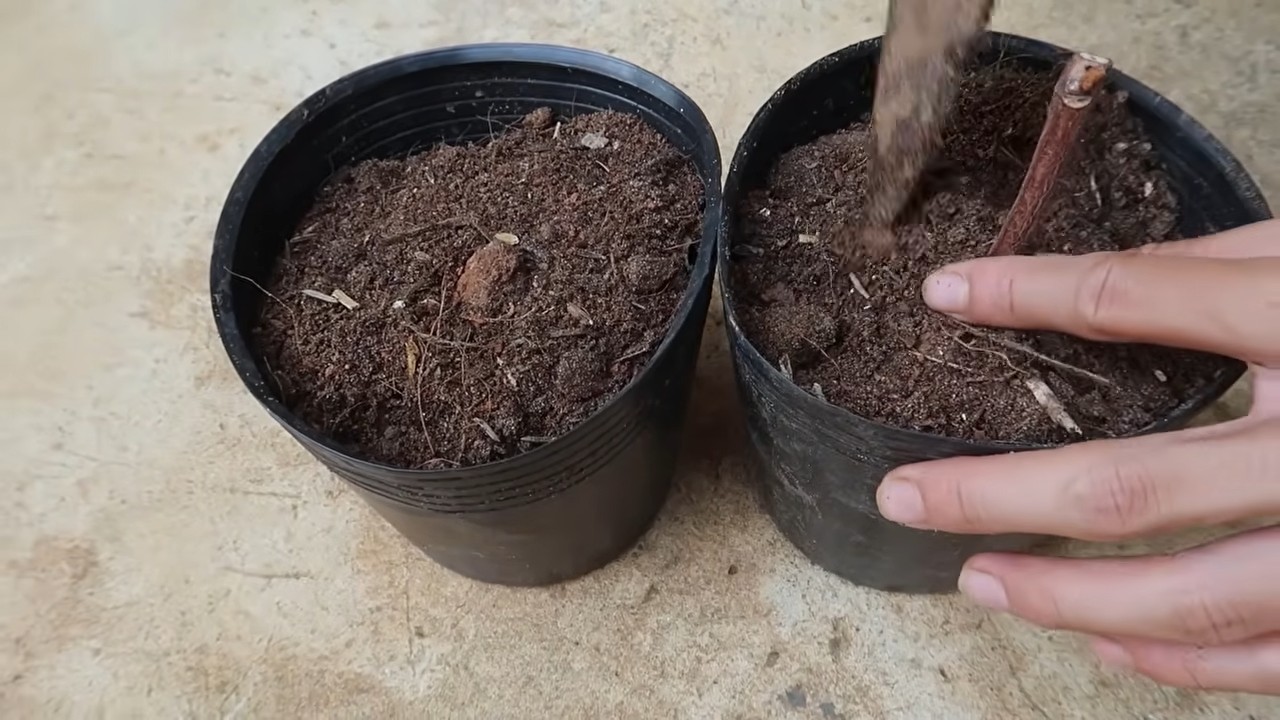
Conclusion
So, there you have it! Growing grapes indoors might seem like a challenge reserved for seasoned horticulturalists, but with a little patience, the right setup, and this simple DIY trick, you can absolutely cultivate your own miniature vineyard right in your home. This isn’t just about having a conversation starter; it’s about experiencing the satisfaction of nurturing a plant from its humble beginnings to bearing delicious fruit. Imagine plucking fresh, sun-warmed grapes from your own indoor vine – a truly rewarding experience.
This DIY approach to indoor grape growing offers several advantages. Firstly, it allows you to control the environment, shielding your precious vines from harsh weather conditions, pests, and diseases that can plague outdoor grapevines. Secondly, it extends the growing season, potentially allowing you to harvest grapes even during the colder months. Finally, it’s a fantastic way to add a touch of greenery and natural beauty to your living space.
Don’t be afraid to experiment with different grape varieties. While seedless varieties like Thompson Seedless are popular choices for ease of consumption, consider exploring other options like Concord grapes for a bolder flavor or even wine grape varieties if you’re feeling particularly ambitious. Remember to research the specific needs of each variety to ensure optimal growth.
You can also play around with different training methods. While we’ve outlined a basic trellis system, you could explore other options like espalier training, which involves training the vine against a flat surface, or even creating a hanging grape vine for a unique and visually stunning display.
The key to success is consistency. Regularly monitor your vines for signs of pests or diseases, adjust your watering schedule as needed, and provide adequate light and ventilation. Don’t be discouraged if you encounter challenges along the way – every gardener faces setbacks. The important thing is to learn from your mistakes and keep experimenting until you find what works best for you.
We wholeheartedly encourage you to give this DIY trick for growing grapes indoors a try. It’s a rewarding and fulfilling experience that will not only provide you with delicious fruit but also connect you with the natural world in a meaningful way. Once you’ve embarked on your indoor grape-growing journey, we’d love to hear about your experiences! Share your tips, tricks, and photos in the comments below. Let’s create a community of indoor grape enthusiasts and learn from each other. What variety did you choose? What challenges did you face? What successes did you celebrate? Your insights could be invaluable to other aspiring indoor grape growers. So, grab your pots, soil, and grapevines, and get ready to experience the joy of growing your own grapes indoors!
Frequently Asked Questions (FAQ)
Q: What type of grapes are best for growing indoors?
A: While many grape varieties can be grown indoors, seedless varieties like Thompson Seedless, Himrod, and Jupiter are generally recommended due to their ease of consumption. These varieties are also known for their relatively compact growth habits, making them well-suited for indoor environments. However, don’t be afraid to experiment with other varieties, such as Concord or even wine grapes, if you have the space and are willing to provide the necessary care. Just be sure to research the specific needs of each variety before planting.
Q: How much sunlight do indoor grapevines need?
A: Grapevines require a significant amount of sunlight to thrive and produce fruit. Ideally, they should receive at least 6-8 hours of direct sunlight per day. If you don’t have a south-facing window that provides sufficient sunlight, you may need to supplement with artificial grow lights. Full-spectrum LED grow lights are a great option, as they provide the necessary wavelengths of light for photosynthesis. Position the grow lights about 12-18 inches above the vines and adjust as needed to prevent scorching.
Q: What type of soil is best for growing grapes indoors?
A: Grapevines prefer well-draining soil that is rich in organic matter. A good potting mix for indoor grapevines should consist of a combination of peat moss, perlite, and vermiculite. You can also add some compost or aged manure to improve the soil’s fertility. Avoid using heavy clay soils, as they can retain too much moisture and lead to root rot. The ideal pH range for grapevines is between 6.0 and 7.0.
Q: How often should I water my indoor grapevines?
A: The watering frequency will depend on several factors, including the size of the pot, the type of soil, and the environmental conditions. Generally, you should water your grapevines when the top inch of soil feels dry to the touch. Water thoroughly until the water drains out of the bottom of the pot. Avoid overwatering, as this can lead to root rot. During the dormant season (winter), you can reduce the watering frequency.
Q: How do I prune my indoor grapevines?
A: Pruning is essential for maintaining the shape and productivity of your indoor grapevines. The best time to prune is during the dormant season (late winter or early spring). Remove any dead, damaged, or diseased wood. Also, prune back the previous year’s growth to encourage new growth and fruit production. The specific pruning technique will depend on the training method you’ve chosen. Research the appropriate pruning techniques for your chosen grape variety and training method.
Q: How do I fertilize my indoor grapevines?
A: Grapevines require regular fertilization to provide them with the nutrients they need to grow and produce fruit. Use a balanced fertilizer that is specifically formulated for fruit-bearing plants. Follow the instructions on the fertilizer label for application rates. Fertilize your grapevines every 2-4 weeks during the growing season (spring and summer). Reduce or stop fertilizing during the dormant season.
Q: How do I deal with pests and diseases on my indoor grapevines?
A: Indoor grapevines are generally less susceptible to pests and diseases than outdoor grapevines. However, they can still be affected by common pests like spider mites, aphids, and mealybugs. Regularly inspect your vines for signs of infestation. If you find any pests, you can try to remove them manually or use insecticidal soap or neem oil. To prevent diseases, ensure good air circulation and avoid overwatering. If you notice any signs of disease, such as leaf spots or powdery mildew, treat the affected areas with a fungicide.
Q: How long does it take for indoor grapevines to produce fruit?
A: It typically takes 2-3 years for grapevines to start producing fruit. However, the exact time will depend on the variety, the growing conditions, and the care you provide. Be patient and continue to provide your vines with the necessary care, and you will eventually be rewarded with delicious grapes.
Q: Can I grow grapes indoors from seeds?
A: While it is possible to grow grapes from seeds, it is not recommended. Grape seeds are often difficult to germinate, and the resulting plants may not be true to type. It is much easier and more reliable to propagate grapevines from cuttings or by purchasing grafted plants from a reputable nursery.
Q: What size pot should I use for growing grapes indoors?
A: Start with a pot that is at least 12 inches in diameter and 12 inches deep. As the vine grows, you may need to transplant it into a larger pot. A mature grapevine will typically require a pot that is at least 24 inches in diameter. Make sure the pot has drainage holes to prevent waterlogging.

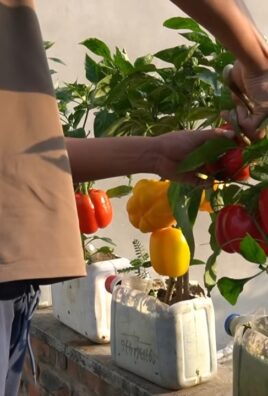
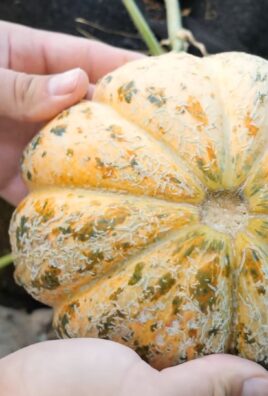
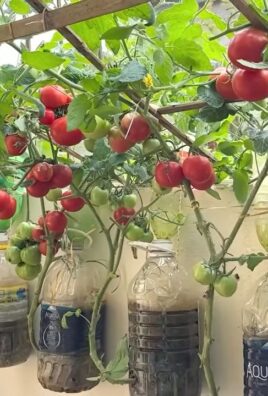
Leave a Comment